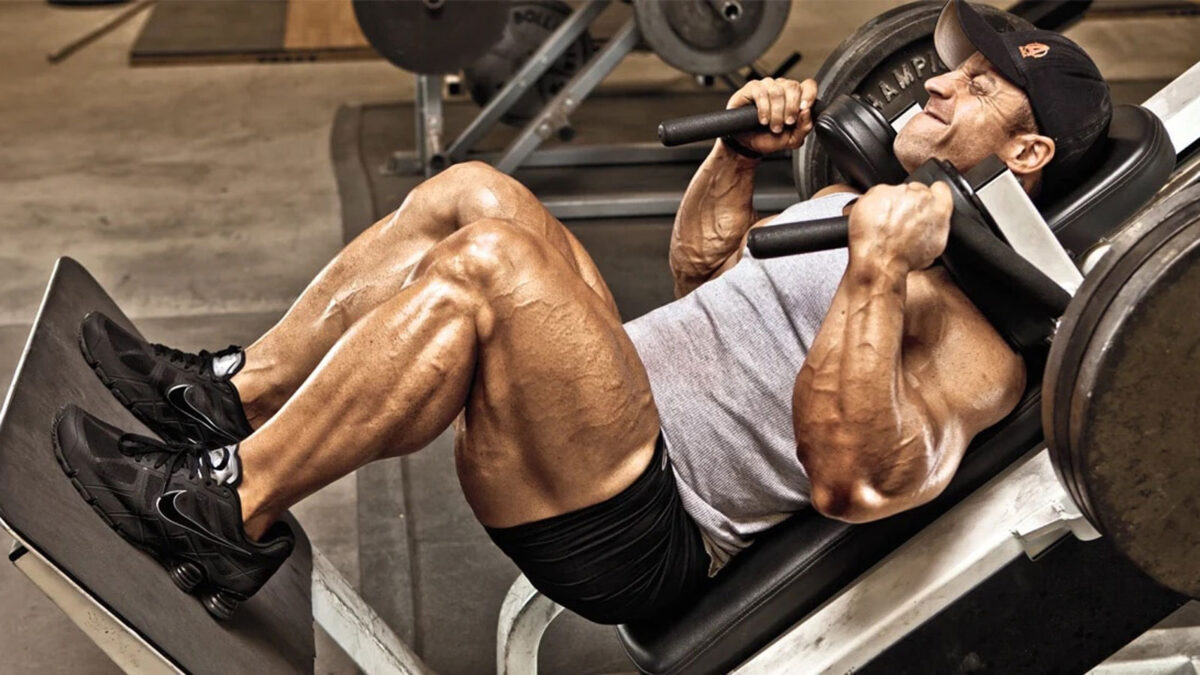We don’t need to repeat the adage that you should never skip leg day. So when it comes to punishing your pins, you’re likely going to head straight for the squat rack to perform some barbell squats. It’s a great exercise, make no mistake, but Australian fitness trainer Nick Cheadle reckons there is a more effective and safer route to muscular legs.
Posting on his TikTok account, Nick Cheadle, co-owner of Paragon Strength & Performance in Artarmon, Sydney and ambassador for Optimum Nutrition says the hack squat is actually going to benefit you more than the much lauded barbell squat.
WATCH: Nick Cheadle Shows How To Perform A Hack Squat
In the caption of a video of him performing hack squats, Nick says “this widespread belief that barbell squats are the king of all exercises needs to die.”
“No one exercise will help you achieve all the things. Which is why if your main aim in the gym is to slap some size on your legs, barbells squats aren’t going to be the best exercise you could choose to do that.”
We reckon Tom Platz would disagree (although it’s said he was actually a fan of the hack squat), but we digress.
Justifying his reason for encouraging the hack squat over the barbell squat, Nick says the latter has limiting factors, including “your ability to brace, stabilise and to maintain balance to continue to create enough tension through your torso, underneath a heavy barbell weighing you down, to actually allow your legs to do the hard work they need to do in order to grow most effectively.”
We can’t disagree here. While it is regularly claimed the barbell squat is a fantastic leg exercise – and to some extent a full body exercise, because of the aforementioned bracing required – they do inherently pose a risk of injury. This often occurs when a lifter attempts to lift too much weight (leave your ego at the door, lads) or if they perform the movement incorrectly (which can be easy to do).
So, to not only minimise the risk of injury but place tension solely on the legs, the hack squat is a much better alternative.
“They take away the necessity for us to have to brace & spend so much energy on creating the rigidity required to hammer our legs.”
“These machines are extremely sturdy,” says Nick, “and safe, and put us in a position where our legs get the opportunity to truly work towards failure, without us having to worry about getting crushed by a barbell.”
Nick provides a few other reasons as to his bombshell claim in his video, one of which says the hack squat “allows you to incorporate more range of motion in a safer manner.” Although, we’ve also previously discussed the potential benefits of just squatting or lifting to 90-degrees, rendering the whole idea of achieving a greater range of motion utterly pointless.
So, while the jury may still be out as to which method is the optimal, if you can get deep with your squats, you’re not going to cause any harm.
How to perform a hack squat
If you’ve not performed a hack squat before, it’s actually incredibly easy. And certainly much easier than a barbell squat.
Firstly, however, you will need to make sure your gym has a hack squat machine. You’re kinda screwed without one.
With your machine secured, the steps couldn’t be simpler.
- Load some weight onto the machine and step on
- Lock down your shoulder blades and keep your torso upright, resting on the cushioned pads
- Start by standing upright with your feet shoulder-width apart and point your toes outwards ever so slightly (similar to a barbell squat)
- Grab the handles in a neutral grip, inhale and squat down
- Once at the bottom of the squat, exhale and push back up through the balls of your feet
- Keep the movement slow and controlled throughout. You can opt to include a pause at the bottom of the squat if you wish
- Repeat for 8 – 12 reps for 3 – 4 sets
RELATED: ‘Pressure Breathing’: Commonly Overlooked Squatting Technique Could Increase Your Gains
There is often debate as to which method of training equipment is more effective, machine vs free weights, but when it comes to minimising injury and improving form, the machines cannot be beat.
Read Next
